Bartram's Garden
The oldest surviving botanic garden in the United States.
Founded by self-taught Quaker naturalist John Bartram in 1728, Bartram’s Garden in Philadelphia, Pennsylvania is the oldest surviving botanic garden in the United States. John, and later his son William, dedicated their lives to collecting and studying the native flora of North America.
John Bartram bought the land from Swedish settlers in the early 18th century and started amassing his large collection of plants. He began exchanging his specimens with Peter Collinson, a London-based merchant. His exotic American plants soon became a hot commodity among prominent European scholars and patrons. King George III appointed Bartram the “Royal Botanist” of the colonies in 1765. Through his connections with the British Crown, Bartram was able to foster a trans-Atlantic horticulture trade that transformed the gardens of Europe. In addition, the Bartrams supplied plants to Monticello, Independence Hall, and Mount Vernon. At its height, several greenhouses graced the property as part of the family’s horticulture business. Some of the illustrious visitors the garden had in its colonial heyday included George Washington and Benjamin Franklin.
William Bartram continued his father’s botanic legacy. His plant publications were renowned in Europe for their detailed descriptions and drawings. He also maintained a friendship with his neighbor, William Hamilton, owner of The Woodlands and horticultural enthusiast. The two traded samples and developed some of the most important gardens of the era, as noted by their mutual friend Thomas Jefferson. While Hamilton’s estate was turned into a cemetery, the Bartram’s botanic garden remained in the family until financial troubles caused William Bartram’s niece to sell it in the 1850s to Andrew Eastwick, an industrialist. Eastwick maintained the property and promised “not to harm one bush.” He added a Victorian mansion to the property, which unfortunately later burned down in a lightning strike. The garden is now a National Historic Landmark.
Bartram’s original house and several outbuildings still stand. The garden is home to the oldest ginkgo tree on the continent (c. 1785), the last to survive out of three others (sent to Hamilton at The Woodlands), and a collection of the rare Franklinia alatamaha (Franklin tree or Franklinia), which William Bartram named after his father’s close friend Benjamin Franklin. If not for Bartram, the Franklinia would have gone completely extinct, as its cultivation under him made it so that the tree exists only in cultivation. Every modern Franklin tree derives from the samples from the Bartram collection. In addition to these, there is also a lily pond and access to the Schuylkill River through several wooded paths. Some small mammals, especially the abundant West Philadelphia groundhog (which, if you are lucky, will come out of its burrow and sun itself), live here, and the meadow and small woods are frequented by migratory birds. The garden itself is maintained in the naturalized style, interpreted from records kept by the Bartrams.
On Saturdays in the regular season, people come for free boating on the Schuylkill River. Bartram’s Garden also features regular classes and community events. The community farm at Bartram’s Garden provides quality produce to the neighborhood. In addition, plant sales from the nursery occur every Spring.
Know Before You Go
Bartram's Garden is easily accessible by the Route 36 trolley at 54th Street. There is free on-site parking. Bikers can access the garden by road, and soon will be able to access via the Schuylkill River Trail extension. The Garden is a public park, and is open and free to visit year-round. The Welcome Center is open from April through December, and paid house and garden tours are available during this time.

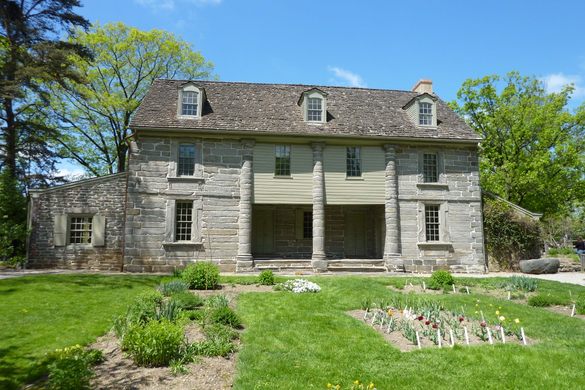

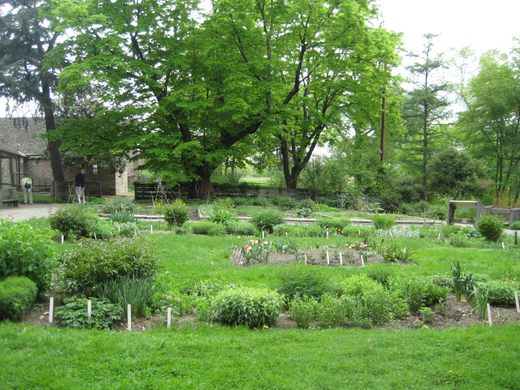


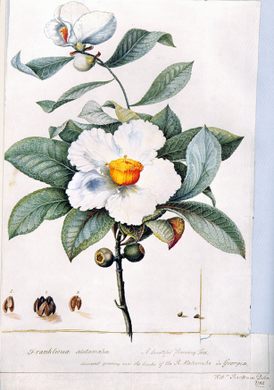


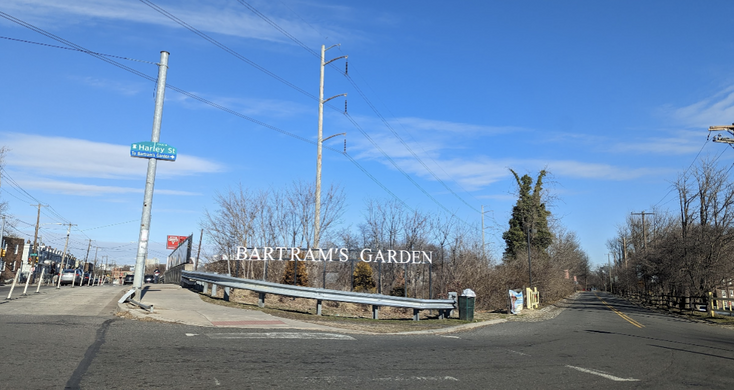












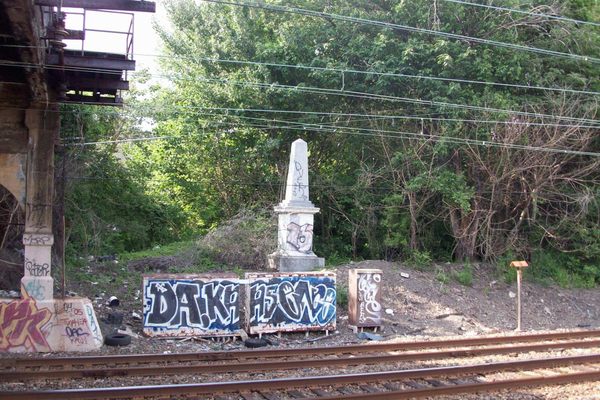
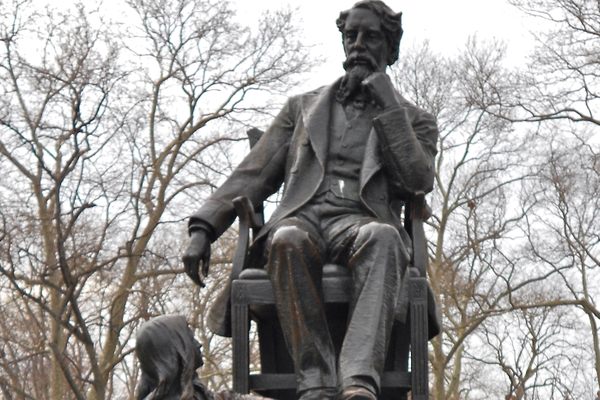
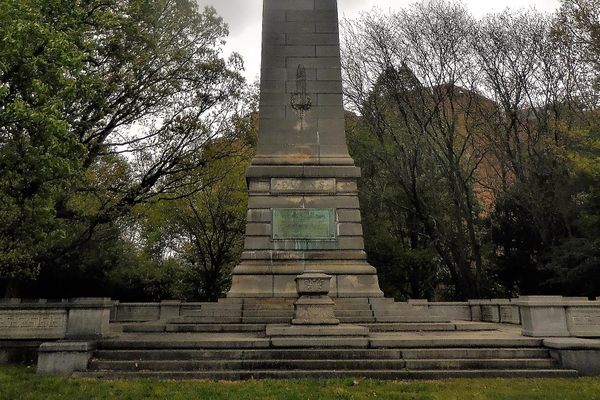




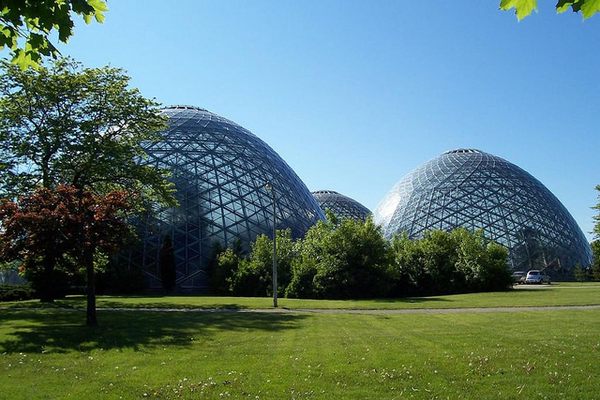
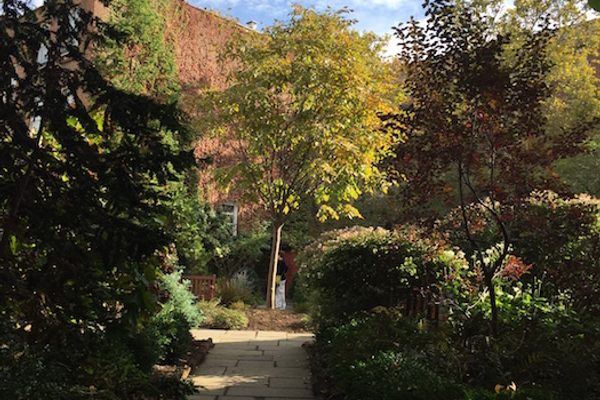

Follow us on Twitter to get the latest on the world's hidden wonders.
Like us on Facebook to get the latest on the world's hidden wonders.
Follow us on Twitter Like us on Facebook